CHAMPAGNE - St. Hilaire-le-Grand - Mont Navarin
- by duda-wsm
- •
- 28 Apr, 2019
- •
Year of visit: 2005
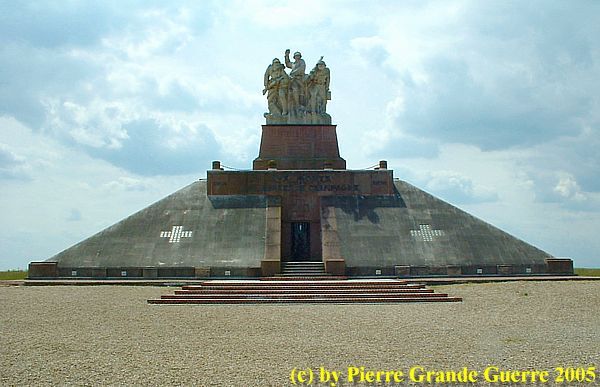
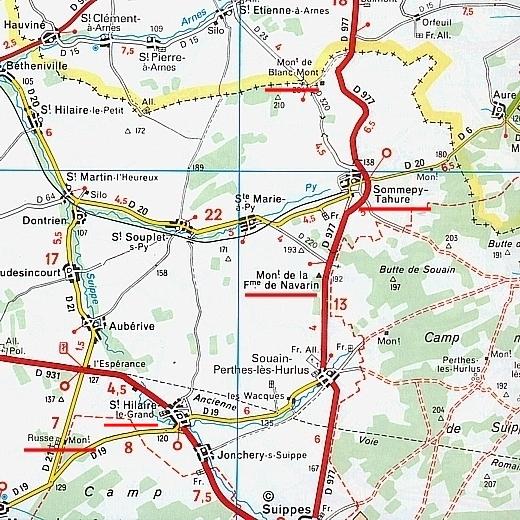

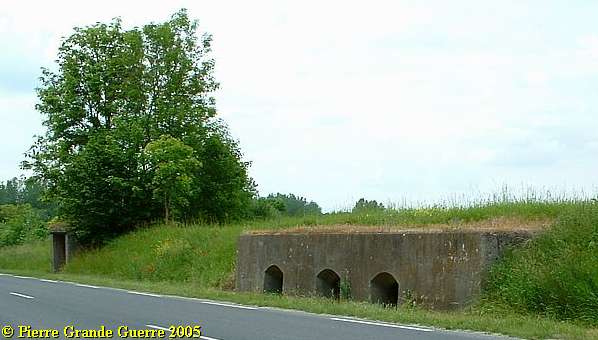
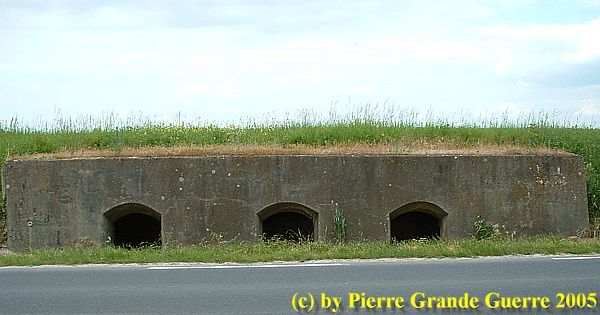
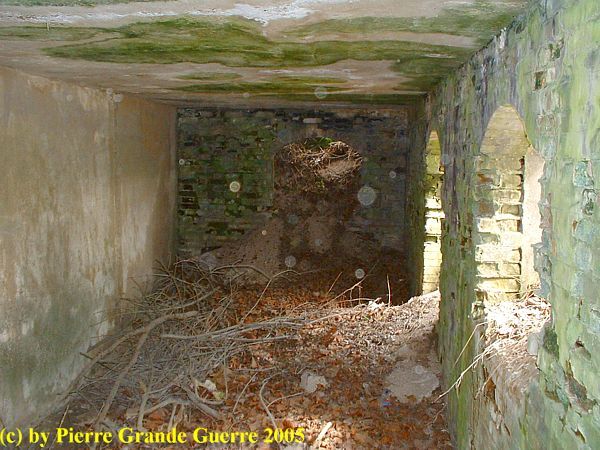




For 4 long years, in a relatively small area
measuring approximately 30 km by 4 km, 103 French divisions, 4 American
divisions, and 2 Russian brigades were engaged, together with Polish
and Czechoslovakian regiments.
From Moronvillers, the ridge of Navarin, and the hills of Souain,
Tahure du Mesnil and La Main de Massiges, the Allies and the Germans
faced each other during heavy fighting.
Five large battles took place here :
the
"Nibbling" Battle of winter 1914-1915;
the
French offensive of 25 September 1915, which had
limited success;
the
retaking of the massif of Moronvillers from the Germans in
April-May 1917;
the
blocking of the final German attack by the 4th Army of
General Gouraud on the 15th of July 1918.
The victorious
Franco-American offensive of 26 September 1918,
which liberated Sommepy, until 3 October 1918, the American victory at
Mont de Blanc Mont.
Camp
Militaire de Suippe
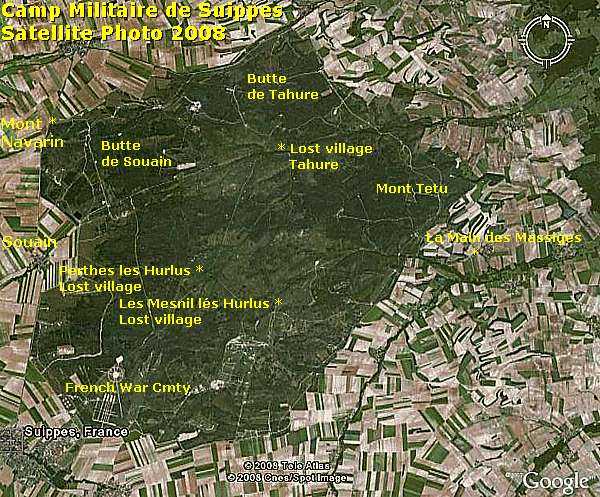
A large part of the former battlefield around Souain is now the forbidden area of the French Army, the “Camp Militaire de Suippe”. The army uses the area, northeast of the village of Suippe, for military exercises, dangerous to the public. The army opens it’s grounds for visitors only one day a year. Because I have not been so lucky, I can only show this satellite photo of the area.
There are still traces and relics to be found on the premises of the military camp. Mainly traces from the during this war period destroyed, lost villages of Perthes lés Hurlus, Les Mesnils lés Hurlus, and Tahure. In this area are also some strategically important ridges, like the Butte de Souain, the Butte de Tahure, and the Mont Tetu. The main part of La Main des Massiges (last page of this Champagne chapter) is just outside this area in the east.
Later in this Champagne Battlefields-chapter we follow the road northward, on the edge, west of the military camp.
West of St. Hilaire le Grand, along the D 21, we visit a rather exceptional Memorial for the 44.000 Russian soldiers, who fought in France between 1916 and 1918.
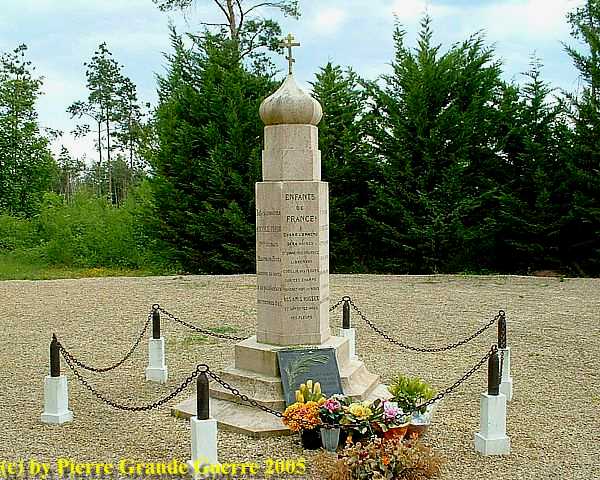

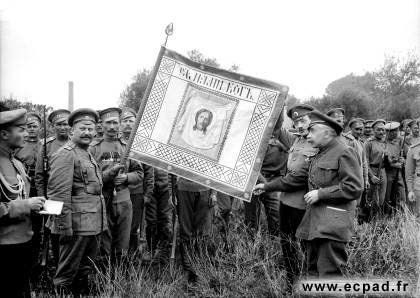

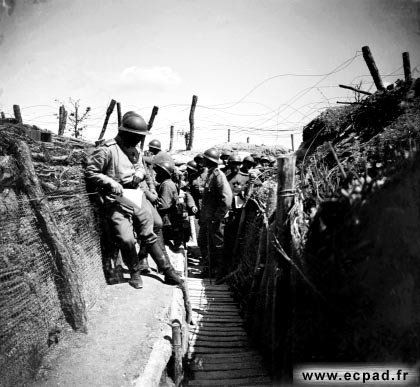
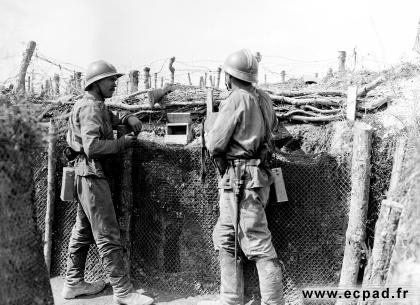

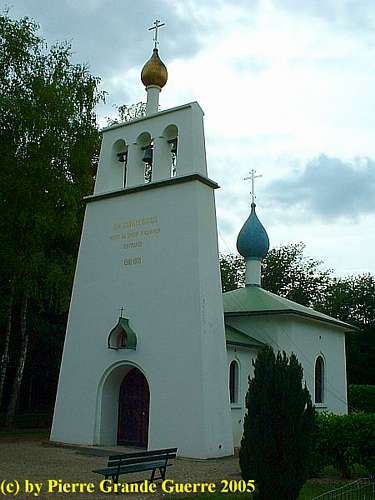
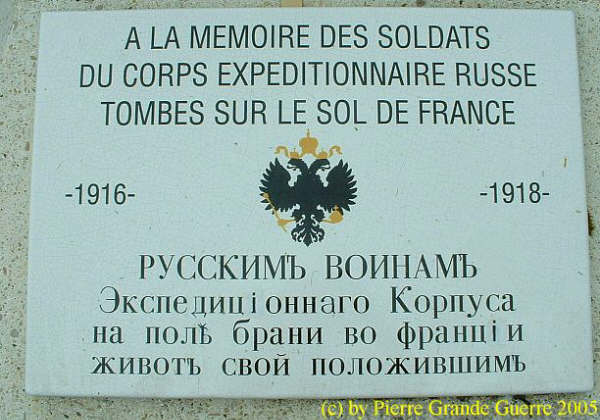



Mont Navarin, Navarin Hill, with it's impressive Ossuary an it's impressive sculpture of French soldiers in action.

The memorial stands on the same spot, where the infamous "Ferme de Navarin", Navarin Farm, used to be.
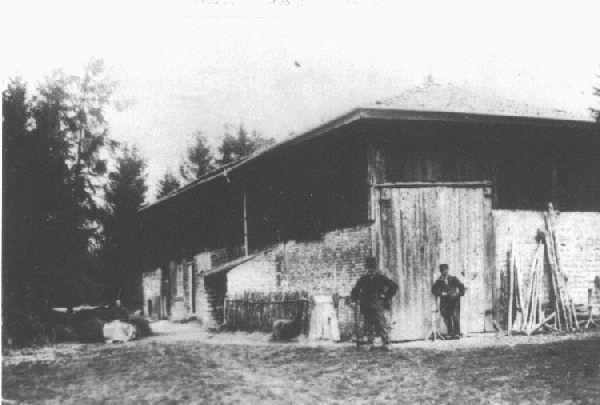
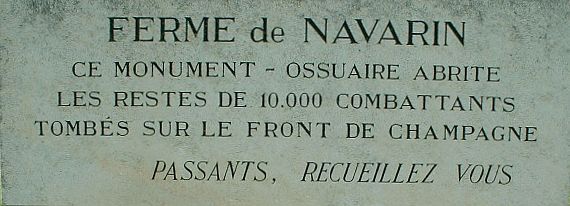
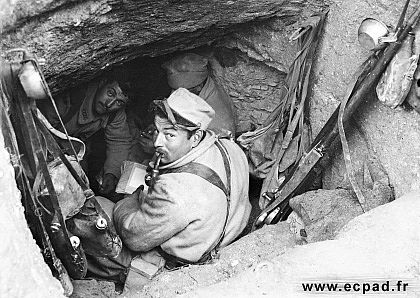
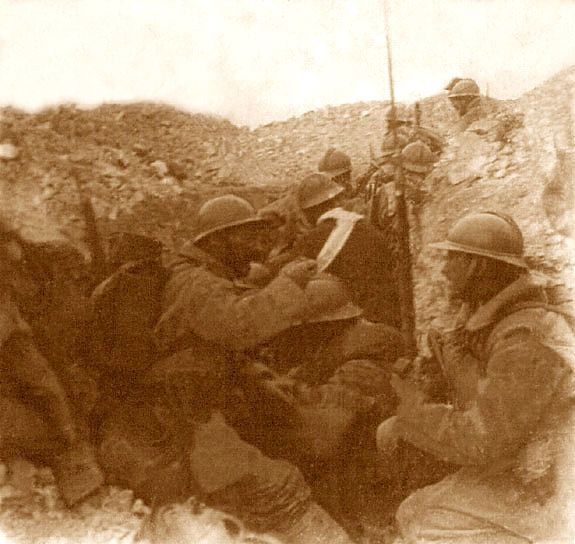
The impressive sculpture on top of the Memorial - Ossuary. Notice the details of the equipment of the soldiers.
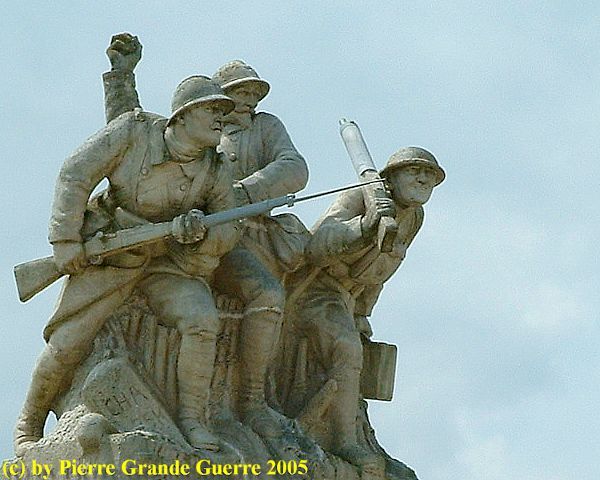
We pass Mont Navarin northward. North-south view from a German Bunker towards the Butte de Navarin at the horizon.
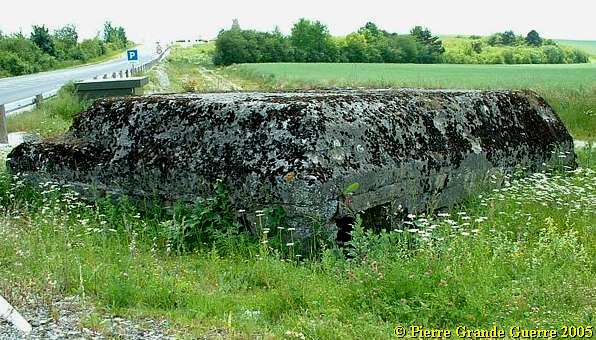
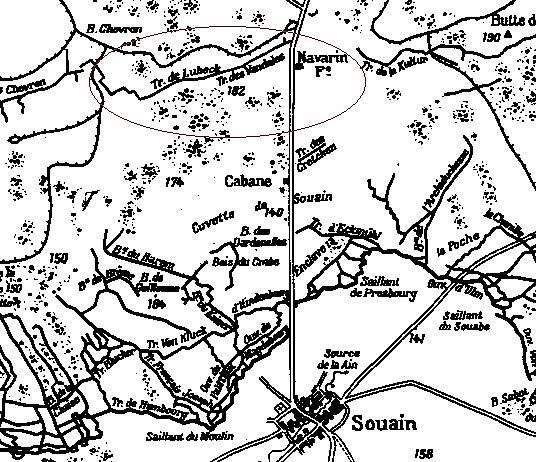
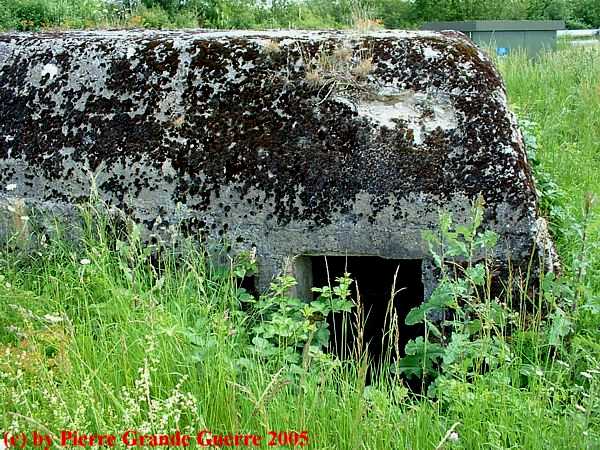

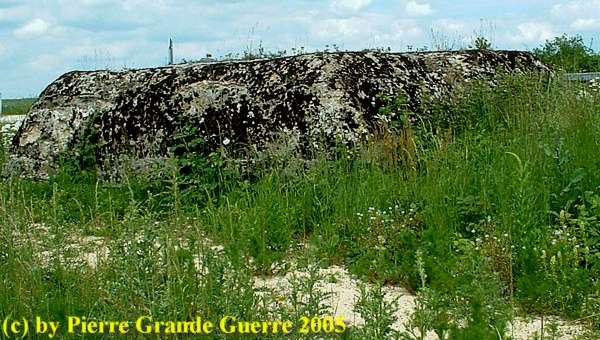
We go further northward to Sommepy, to follow the traces of the U.S. 2nd Division in October 1918 at the Mont de Blanc Mont.
Continue to: "Sommepy-Tahure - Mont de Blanc Mont"

Inleiding: Franz Von Papen & Werner Horn; schaker en pion
Onlangs stuitte ik in een oud boek (1) van 1919 op een opmerkelijk verhaal over een Duitse Luitenant, die in begin februari 1915 een half geslaagde bomaanslag pleegt op een spoorbrug over een grensrivier tussen de Verenigde Staten en Canada. Ook al staat de bekentenis van de dader, Werner Horn, deels in het boek te lezen, de naam van zijn opdrachtgever zal Horn blijven verzwijgen. Na wat verder zoeken vond ik ook de naam van Horn’s opdrachtgever, Franz von Papen, een van de aangeklaagden van het latere Neurenberg Proces in 1946.
In een Grote Oorlog als de Eerste Wereldoorlog is Horn’s aanslag op de brug uiteraard slechts een bescheiden wapenfeit. Toch vermoed ik dat dit relatief onbekende verhaal, dat de geschiedenis is ingegaan als de “ Vanceboro International Bridge Bombing ”, nog interessante kanten kent. Het is onder andere een spionageverhaal over hoe in een groter plan een sluwe schaker zijn naïeve pion offert.
Beknopte situatieschets Canada en de Verenigde Staten in 1915

This trip we start at the Léomont near Vitrimont and we will with some exceptions concentrate on the Battle of Lorraine of August-September 1914 in the area, called, the “Trouée de Charmes”, the Gap of Charmes.
After the Léomont battlefield we continue our explorations to Friscati hill and its Nécropole Nationale. Next we pay a visit to the battlefield of la Tombe to go on to the Château de Lunéville. There we cross the Vezouze to move on southward to the Bayon Nécropole Nationale. At Bayon we cross the Moselle to pass Charmes for the panorama over the battlefield from the Haut du Mont. North-west of Charmes we will visit the British Military Cemetery containing 1918 war victims. From Charmes we go northward to the battlefield of the First French Victory of the Great War, the Battle of Rozelieures of 25 August 1914. North of Rozelieures we will visit the village of Gerbéviller. From there we make a jump northward to visit the ruins of Fort de Manonviller to finish with an interesting French Dressing Station bunker, west of Domjevin.


During this visit, we try to focus on the day that the momentum of the battle switched from the French side to the advantage of the Bavarian side: the day of 20 August 1914, when the Bavarians rapidly re-conquered the territory around Morhange , being also the day of the start of their rather successful “Schlacht in Lothringen”.
We will visit beautiful landscapes of the "Parc Naturel Régional de Lorraine", memorials, ossuaries, and cemeteries. Sometimes we will divert to other periods of the Great War, honouring Russian and Romanian soldiers, who died in this sector. We start our route at the border village of Manhoué, and via Frémery, Oron, Chicourt, Morhange, Riche, Conthil, Lidrezing, Dieuze, Vergaville, Bidestroff, Cutting, Bisping we will finish in Nomeny and Mailly-sur-Seille, where the Germans halted their advance on 20 August 1914, and where they constructed from 1915 some interesting bunkers.














